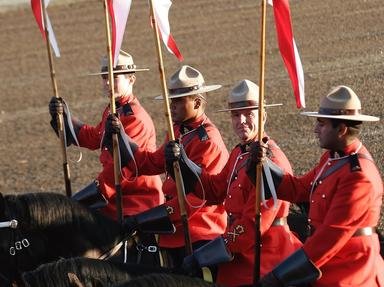Quiz Answer Key and Fun Facts
1. Samuel de Champlain founds a settlement on the St Lawrence River (1608)
2. British naval officer maps coastline, is remembered in name of a city and an island (1792-95)
3. American warships land troops at York (1813)
4. Border dispute results in the (mostly bloodless) Aroostook War (1838-39)
5. Conference that leads to Confederation three years later is held in Charlottetown (1864)
6. Louis Riel is tried for treason and executed (1885)
7. Turtle Mountain collapses, burying part of the town of Frank (1903)
8. Collision of two ships in a busy harbour causes explosion that destroys part of a city (1917)
9. Joey Smallwood leads the tenth province into Confederation (1949)
10. The "Gimli Glider" makes a safe emergency landing on disused airfield (1983)
Source: Author
spanishliz
This quiz was reviewed by FunTrivia editor
bloomsby before going online.
Any errors found in FunTrivia content are routinely corrected through our feedback system.

